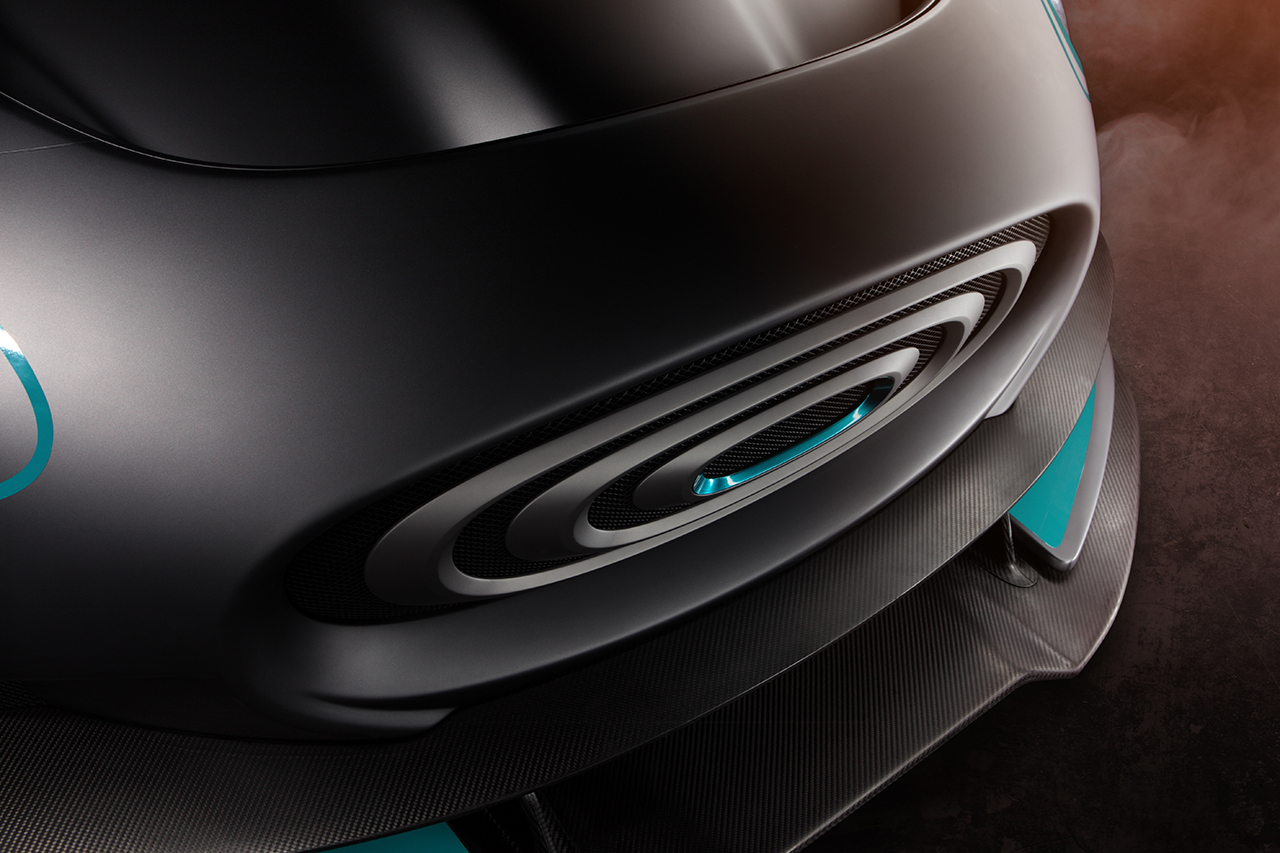The Europeans may have garnered most of the attention at the 2015 Frankfurt Motor Show, but a Tesla-rivaling sedan from East Asia made a bold (albeit silent) debut of its own away from the main stages.
Dubbed the Thunder Power — yes, Thunder Power — the vehicle is an electric luxury sports car from Taiwan that features Italian designs outside and German engineering inside. All the elements have come together to form a truly unique automobile, and in fact it was one of the more memorable showcases to grace the halls of the Frankfurt Motor Show. That’s especially impressive coming from a company that started as a power tool manufacturer, but hey, Lamborghini started off building tractors.
The Thunder Power Sedan is offered in two versions — one with 308 horsepower and 236 pound-feet of torque and another with a whopping 429 hp and 413 lb-ft, and the latter will accelerate from 0 to 60 mph in under 5.0 seconds and top out at 155 mph. No matter which version you plunk your money down for (projected base price is around $63,000), you’ll be treated to a distinct, almost aquatic-like exterior, one that was penned by the famed Zagato studio in Milan. Inside, the luxurious amenities are plentiful, including fine leather upholstery, real wood trim, and a TP-Touch infotainment system that spans the entire length of the dash. Oh, and it’ll go over 400 miles on a full charge.
The Sedan is built on a dedicated EV platform, one that the company says can be scaled up or down to accommodate smaller supercars and larger SUVs. For now, the architecture underpins the car you see above as well as the all-wheel drive Thunder Power Race, pictured below.
As you might expect, the Race version has been thoroughly redesigned, and it now resembles a Nissan 370Z with its protruding front lip and prominent rear spoiler. It also features track-tuned suspension and a new electric motor, which reportedly produces an insane 1,000 hp or so. Now the name is starting to make sense.
Thunder Power plans to launch the sedan in Europe in 2017, followed by China in 2018 and the U.S. some time after that.









